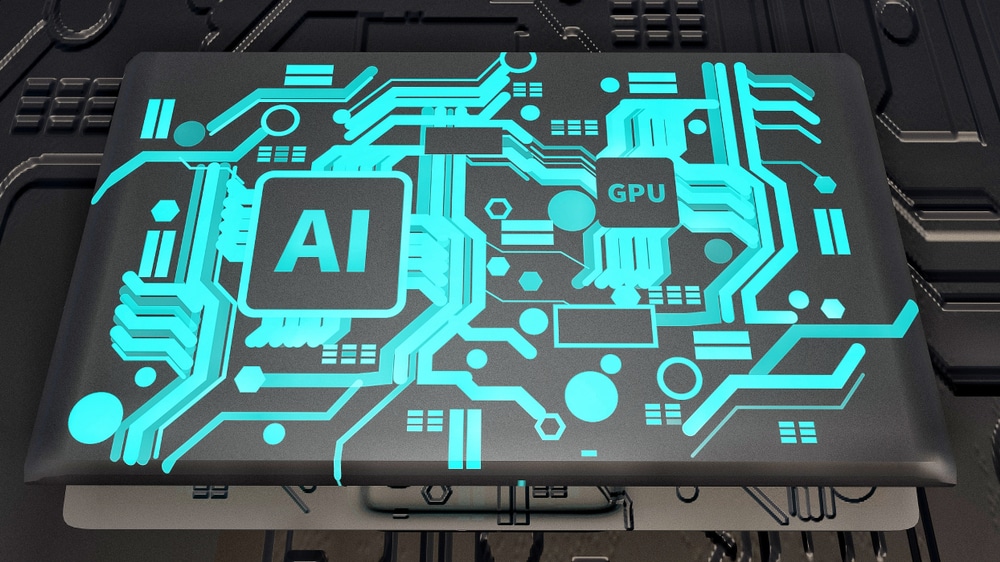The Role of AI in Rendering: A Balanced Look at the Future of Graphics

Artificial intelligence is reshaping computer graphics in ways that were unimaginable only a few years ago. Technologies like NVIDIA DLSS 4 and AMD FSR 4 use machine learning to upscale images, generate frames, and even accelerate ray tracing. The results are often impressive, with smoother frame rates and higher fidelity than traditional rendering could achieve on the same hardware.
But while the industry is quick to highlight the benefits, the rise of AI in rendering is not without trade-offs. Image accuracy, input latency, and even long-term hardware design all raise questions about where this technology is heading.
How AI Rendering Works
AI rendering uses neural networks trained on massive datasets of game frames and image sequences. Instead of rendering every pixel from scratch, the GPU renders a lower resolution or partial frame, then the AI model fills in missing detail. In frame generation, the AI model even creates entirely new frames by predicting motion between two existing frames.
This approach reduces the GPU’s raw rasterisation workload, allowing games to run at higher frame rates or higher visual settings than would otherwise be possible.
Where AI Rendering Excels
AI-based techniques shine in scenarios where performance demands are extreme. Ultra-high resolutions like 4K and 8K, real-time ray tracing, and VR all benefit significantly. Without AI, most GPUs would struggle to sustain smooth performance in these use cases.
The Limitations of AI Rendering
Despite the benefits, AI rendering has limitations. Upscaled frames are not always identical to native resolution, with shimmering, ghosting, or blurring still noticeable in some scenes. Frame generation introduces additional input latency, which competitive gamers may find unacceptable. AI ray tracing also sacrifices physical accuracy for performance, making the results more of an approximation than a true simulation.
These compromises do not mean the technology is bad. But they do highlight the fact that AI is not a replacement for raw GPU power — at least not yet.
Does AI Upscaling Look as Good as Native Resolution?
AI upscaling with DLSS 4 and FSR 4 can look very close to native resolution, but it is not always perfect. Fine details such as foliage, text, or particle effects can sometimes blur or shimmer. For most players the trade-off is worth it because the performance gains are significant, but purists still prefer native rendering when possible.
Is AI Ray Tracing the Same as True Ray Tracing?
No, AI-assisted ray tracing is not the same as full ray tracing. AI denoisers help fill in lighting and reflection data that the GPU does not fully calculate. This makes the scene playable at real-time frame rates, but some fine details or physical accuracy may be lost. The result is visually impressive but not fully accurate.
Will Future GPUs Rely More on AI Than Rasterisation?
Yes, modern GPUs are increasingly designed with AI in mind. Dedicated hardware blocks for neural networks and frame generation now take up more of the GPU die than ever before. This means future graphics cards may prioritise AI-assisted rendering over raw rasterisation power. For gamers who dislike AI rendering, this could feel like paying for features they do not always want to use.
The Future of GPUs: AI, Cloud, or Something Else?
The next decade could see GPUs diverge from their traditional role. One possibility is that AI rendering becomes so advanced that rasterisation is relegated to a secondary role, used only to provide base geometry and motion data for AI models to reconstruct. This would mark a complete shift from the pixel-by-pixel rendering that has defined PC graphics for decades.
Another possibility is the rise of cloud-based GPU compute. Services like GeForce Now have already proven that cloud rendering can deliver high-quality visuals to low-power devices. If AI rendering continues to demand more specialised hardware, cloud GPUs might become the more economical solution, especially as broadband and low-latency networking improve.
A third path could be hybrid systems, where local GPUs handle lightweight rasterisation and AI inference, while cloud servers provide heavy lifting for tasks like path tracing or scene reconstruction.
Final Thoughts
AI rendering is not a silver bullet. It brings impressive performance and visual gains, but it also raises questions about image accuracy, latency, and the future direction of GPU design. We are at a point where GPUs are no longer defined solely by rasterisation power, but by how well they can integrate AI into the rendering pipeline.
The future could bring GPUs that are fully AI-driven, or a shift toward cloud rendering for most users. For now, AI is a powerful tool that helps modern graphics cards deliver more than their raw specs suggest, but it should be seen as part of the toolbox, not the entire solution.
Tarl @ Gamertech

